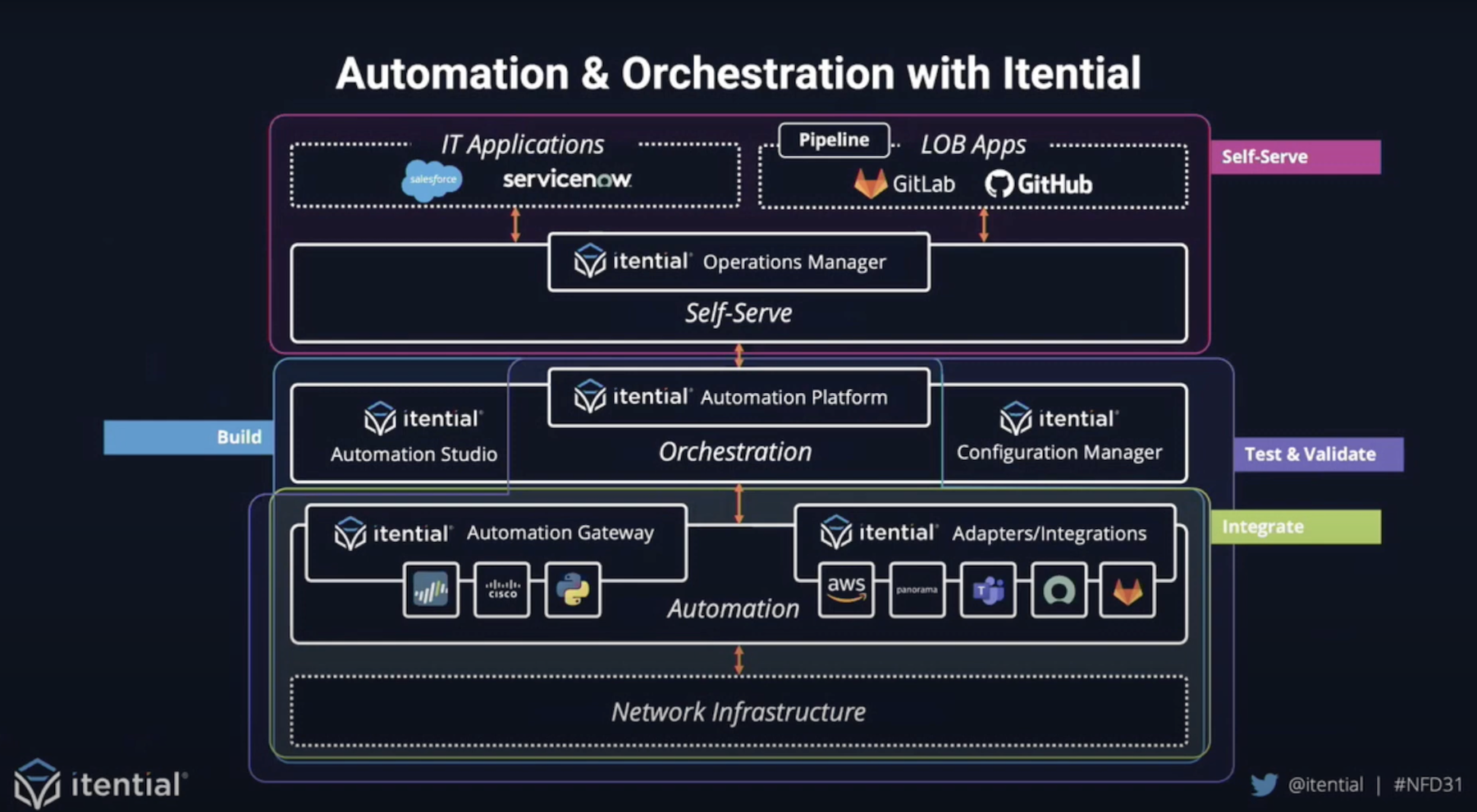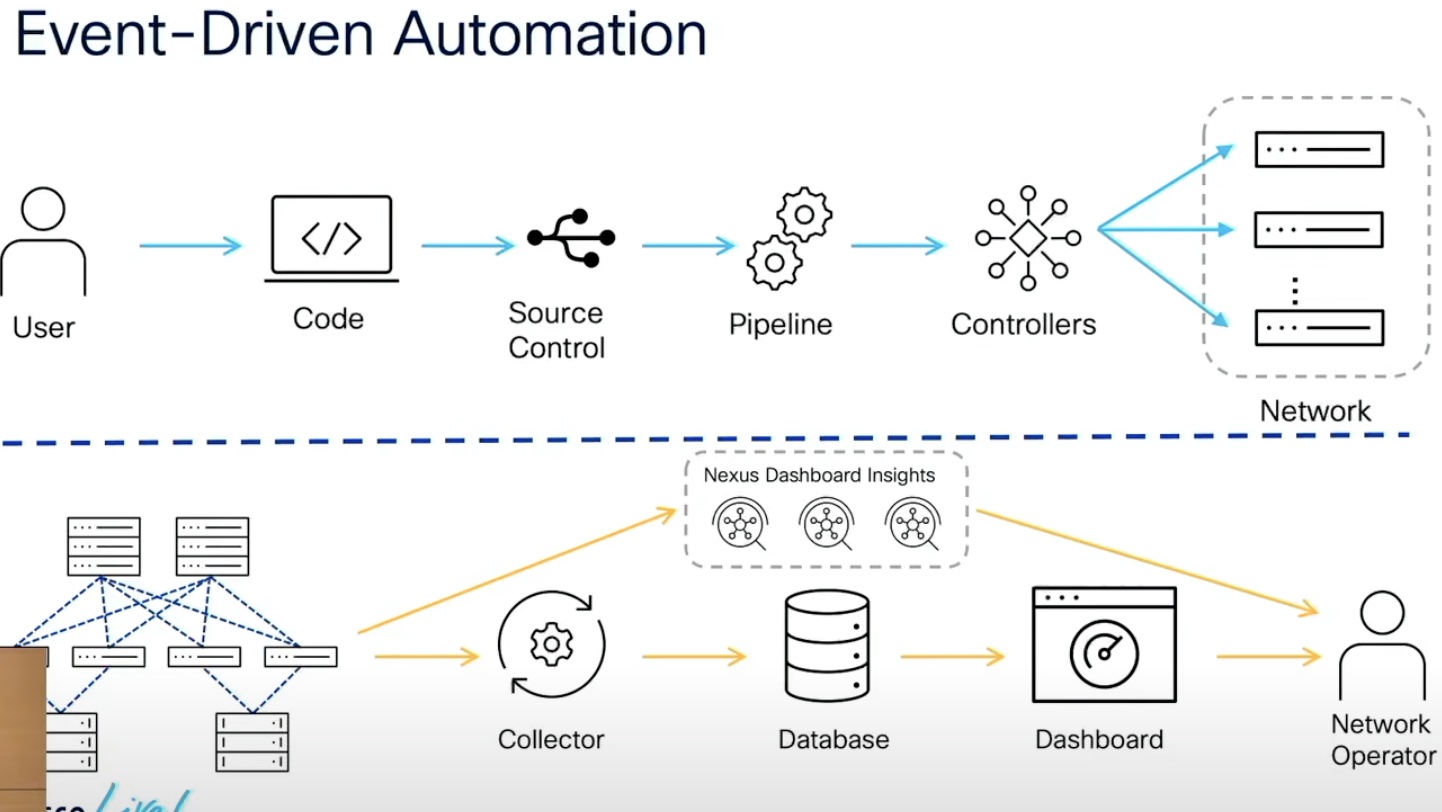There isn’t a person out there that looks at the promise of software defined networking (SDN) and doesn’t think about all the time that they can save by automating processes that take forever. The mundane stuff that is easy to do but can go wrong because of inattention. One of the things that most people point to is automatic VLAN provisioning for ports in the data center. That one particular use case is the one that gets used more than anything for SDN.
However, there was another more recent one that caught my eye at Networking Field Day 19. During the Silver Peak presentation, they did a great demo about automating a process that most people hate: Return Material Authorization (RMA). The RMA process itself is painful. You figure out that something you have is finished and needs to be sent back. You contact support. They verify that you have support and are entitled to a replacement. The replacement gets sent and you get to reinstall it.
Except it’s never that easy. There’s always some hiccup in the process that makes it difficult to make the RMA happen. Perhaps it’s a bad serial number. Or a bad entitlement record. Maybe it’s a typo somewhere in the process that causes everything to halt for days or weeks while the paperwork gets sorted out. And it doesn’t have to be like that. Just like the VLAN example above, every one of these issues is mundane and totally dependent on good info to work correctly.
RMAutomated
Silver Peak has a great solution to this. Take a look at this demo:
See how easy it is to get a replacement? It’s like night-and-day compared the manual process. I can remember spending a lot time on the phone in my VAR days going over information two or three times to make sure it was accurate. The output of technical support commands would be scrutinized over and over and still I’d be required to find the serial number printed on the back of the unit to get the process started.
With SDN, there’s a better way. We know all this info. We have a record of the serial number for the device. We can upload configurations and tech support info on a regular basis. We can keep warranty status for devices updated in a dashboard through regular communications with the provider. This is all information we have somewhere. And being able to upload all that information quickly when there is a problem is a great way to get a jump on the problem resolution.
Instead of having hours of phone calls and days of back-and-forth emails to hash out little details, now we have an easier path forward. The device can alert us when it has an issue that needs to be resolved. The device can show us where the problem is and even write up the email to support automatically. The support people get verified logs and immediate information about the device. And they can ship it out right away without the need to verify locations because they can see where the device is already installed.
It’s like a dream come true. The mundane part of the RMA process is done. Instead of mountains of email and heated phone calls we can have a smooth process that allows for everything to just work. It could even be more seamless by having the emails sent proactively or having support capable of diagnosing issues and sending replacements ahead of time. How wonderful would it be to have a replacement device show up at your desk with a note saying, “Router1 is having issues. Schedule a cutover and install this new device and everything will be fine after that.”
The last part that makes me happy is the way that configurations can be saved and sent to the new device after it’s installed. That means the least amount of downtime possible. No scrambling through text files to find the right device. And no more hoping that this text file has all the latest changes. Or that you need to reset certificates or passwords or any other crazy last-minute problems that stretch maintenance windows from minutes to hours or from hours to days. Everything lives in the dashboard and is ready to go when you put the new device in place.
Bringing It All Together
Networking is a lot of grunt work. We’re finding ways to get around the worst of it now with SDN. But it’s so refreshing to see that even some things we thought couldn’t be removed by software are starting to be automated as well. Instead of spending my day typing in VLAN information and serial numbers in a network support portal, I can have my devices doing that work in the background while I solve architecture problems and make everything run smoothly for my users. And if the time should come that I need to replace a unit in my organization, it looks like Silver Peak is going to make it as painless as possible.
For more information about Silver Peak’s SD-WAN solutions, make sure to visit http://silver-peak.com




